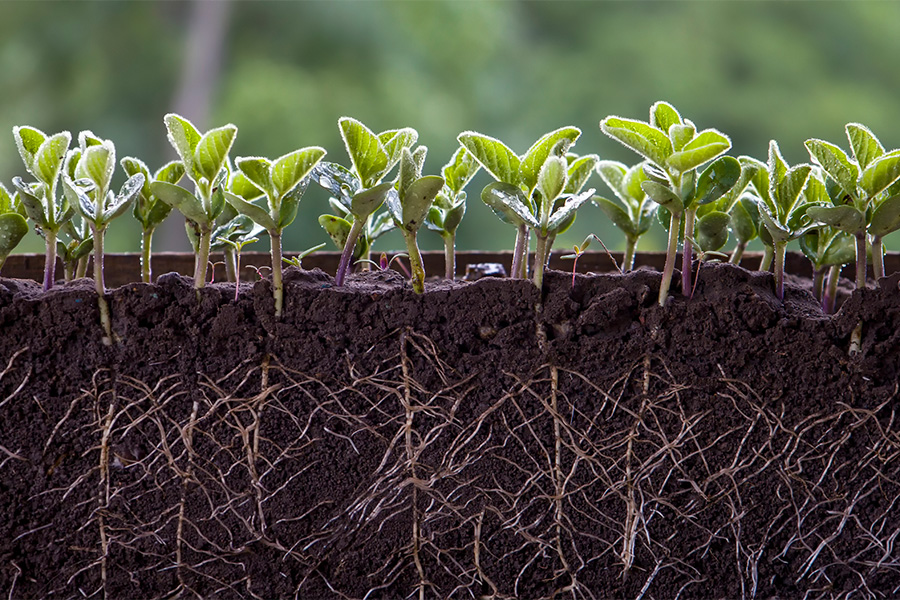Login with UGA MyID is required.
Statewide Variety Testing
UGA Weather Network
The UGA Weather Network collects reliable weather information for agricultural and environmental applications. Each station monitors air temperature, relative humidity, rainfall, solar radiation, wind speed and direction, soil temperature and moisture, and atmospheric pressure.
Expert Resources
Visit the Blog
Crop and Soil Sciences Archives | CAES Field Report
Crop and Soil Sciences Archives | CAES Field Report
 Crop and Soil Sciences Archives | CAES Field Report
Crop and Soil Sciences Archives | CAES Field Report
Crop and Soil Sciences Archives | CAES Field Report
Crop and Soil Sciences Archives | CAES Field Report
Posted by Julia Gaskin, Larry West, Vaughn Berkheiser on Jan 5, 2026
Understanding Wastewater Treatment Systems
Posted by Julia Gaskin, Peter Hartel, Elizabeth Little, Glendon Harris on Jan 5, 2026
Soil Inoculants

Posted by Dennis Hancock on Jan 5, 2026
Stockpiling Tall Fescue for Fall and Winter Grazing
Posted by Dennis Hancock on Jan 5, 2026
Selecting a Forage Bermudagrass Variety
